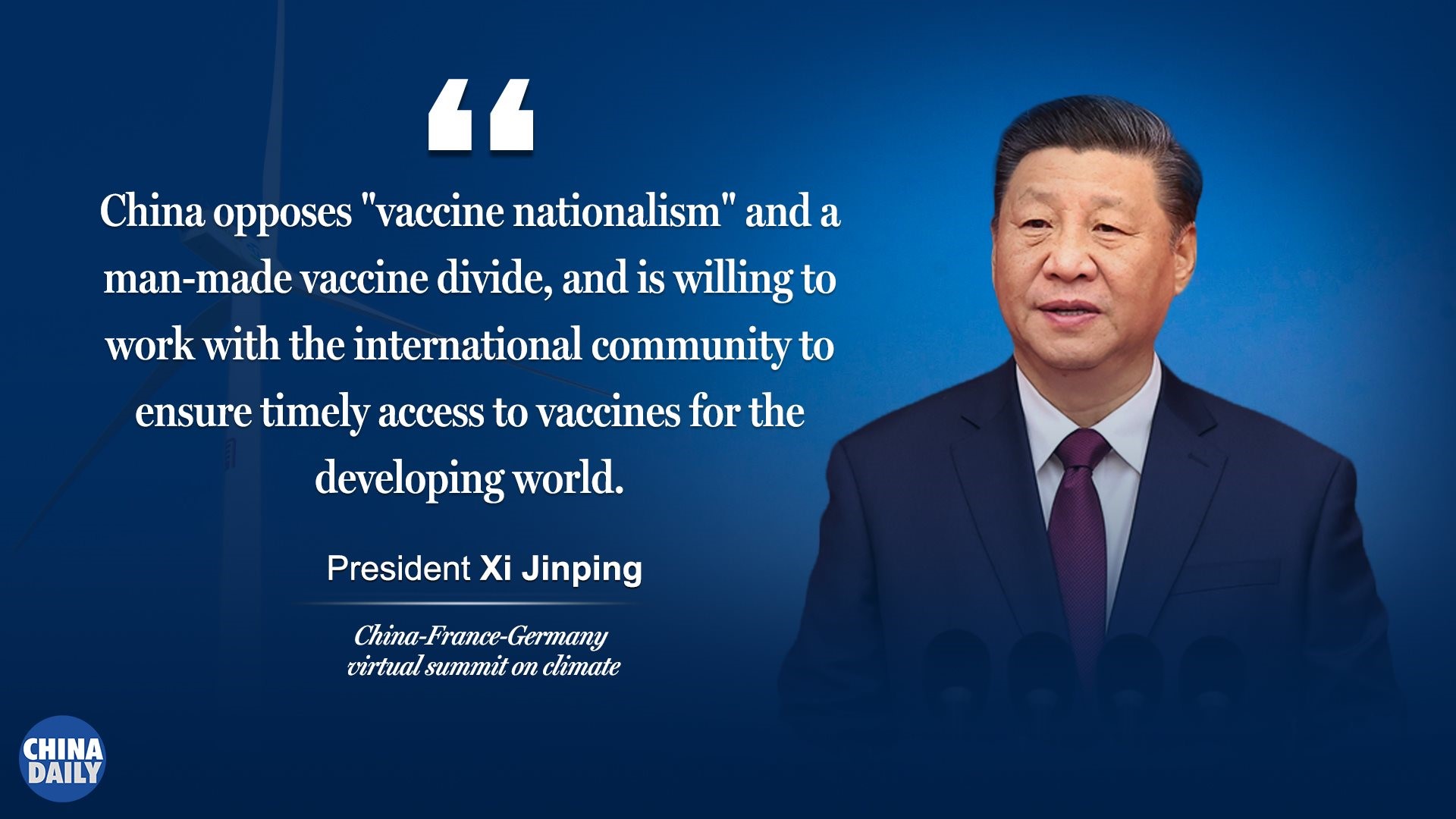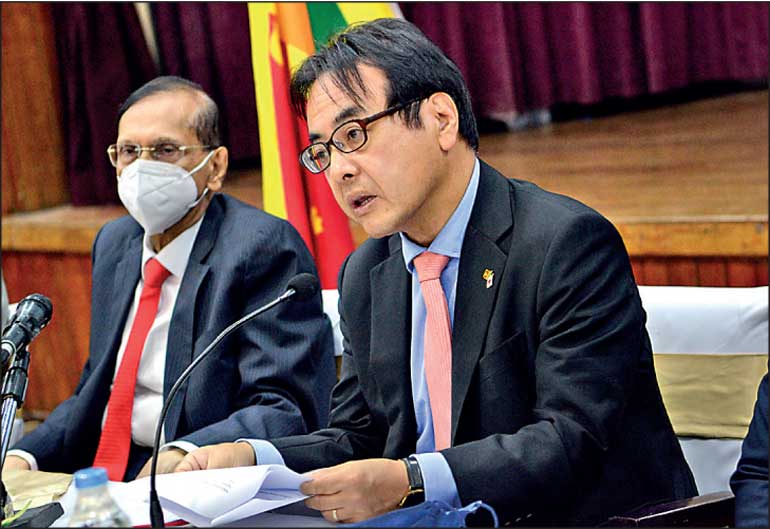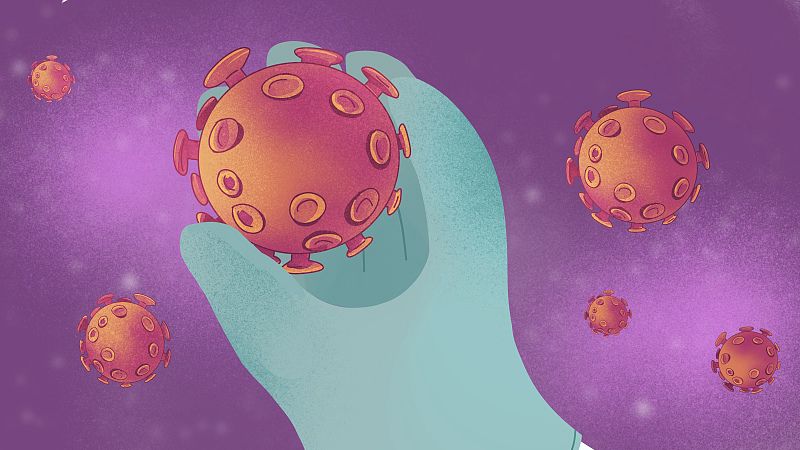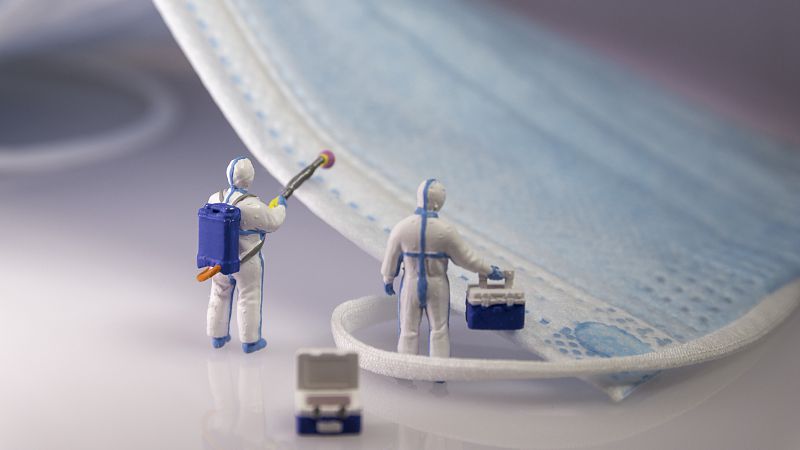A new sub-lineage of the Omicron variant known as BA.2.75, which was first detected in India, has raised concerns among health experts, Indian media reported.
BA.2.75, which is said to be a second generation sub-variant of Omicron BA.2, has an 18 percent growth advantage over other Omicron sub-variants currently circulating in India, The Indian Express reported.
Sub-lineages of Omicron have been the dominant strains circulating across the globe, with new mutations continuously evolving.
BA.2.75 could be behind recent COVID-19 surge in India
BA.2.75 has been detected in about 10 states in India, which has been witnessing a surge in new infections in the last month or so, according to Indian media.
In the last 10 days, the number of new cases in the country has been hovering in the 15,000-19,000 range, while the number in the past few months stayed below 3,000.
Dr. Rajesh Karyakarte, a microbiologist at Pune’s B J Medical College and head of Maharashtra’s genome sequencing effort, and scientists elsewhere in India, have picked up three sub-variants, BA.2.74, BA.2.75, and BA.2.76, as the possible drivers for the current surge, according to The Indian Express.
The three sub-variants have more than nine changes in the spike protein, and are expected to outnumber the BA.4 and BA.5 sub-variants, which were the most common until a few weeks ago, according to Karyakarte’s team.
Besides India, the strain has also been reported by several other countries, including Japan, Germany, the UK, Canada, the U.S., Australia and New Zealand, according to data from Nextstrain, an open-source platform of global pathogen genome data.
Does it cause more severe disease?
So far, there is no evidence to suggest that the BA.2.75 leads to a more severe form of infection, although scientists are at a very early stage to know about it.
Evidence on its transmissibility and immune evasiveness is also still preliminary and emerging, according to a statement from New Zealand’s Ministry of Health on Tuesday.
Why are health experts concerned?
While there is not much known about the new strain, health experts have raised concerns about it.
In a series of tweets, Dr. Shay Fleishon from the Central Virology Laboratory at Sheba Medical Center in Israel, said the sub-variant may be “alarming because it may imply a trend to come.”
He explained that in recent months, there has been a trend of second-generation variants based on Omicron sub-lineages BA.1, BA.2, BA.3, BA.4, and BA.5.
He said until now the second-generation variants have only been found in a few cases within one region. But BA.2.75 has spread to multiple regions, the first of its kind to do so.
The BA.2.75 variant has new mutations in the spike protein, of which G446S and R493Q are of particular concern, as they give the variant the ability to evade several antibodies, dnaindia.com reported, citing unnamed experts.
This means it can infect people who have been vaccinated, or have been infected previously, the report said.
Research reveals that the R493Q mutation increases the strain’s ability to attach to ACE2, the protein that the COVID-19 virus uses to enter cells, according to the report.

 World7 days ago
World7 days ago
 News5 days ago
News5 days ago
 News5 days ago
News5 days ago
 News6 days ago
News6 days ago
 News5 days ago
News5 days ago
 News4 days ago
News4 days ago
 News6 days ago
News6 days ago
 News6 days ago
News6 days ago



























